Primary antibodies for research use
St John's Laboratory offers a comprehensive range of high-quality polyclonal, monoclonal, and recombinant antibodies for use in research laboratory applications. Achieve your research goals with our precision detection tools.
Whether you need antibodies for core applications like Western Blot (WB), Immunohistochemistry (IHC), Immunofluorescence (IF), or Flow Cytometry (FC), we appreciate that each research project has unique deliverables and budgets. That's why our validated antibodies are available in various budget-friendly sizes, making them the ideal product for your specific research project.
Shop now and discover our high-quality, reliable primary antibodies optimised for multiple research applications.
42K+ Polyclonal Antibodies
Our polyclonal antibodies offer exceptional sensitivity and high affinity for your research needs. Sourced from various host species, ensuring enhanced detection of low-abundance proteins and improved signal amplification for multiple research applications.
11K+ Monoclonal Antibodies
Monoclonal antibodies produced from a single B-cell clone are highly specific to a single epitope of the target protein. Our competitively priced monoclonal antibodies offer superior epitope specificity, minimal cross-reactivity, and excellent lot-to-lot consistency.
4K+ Recombinant Antibodies
Recombinant monoclonal antibodies offer exceptional purity and reproducibility. They have a significant advantage because they are produced using advanced in vitro genetic engineering techniques, minimising the reliance on animals or hybridomas in ongoing production.
Our Guarantee
Our antibodies support demanding applications that require high specificity, producing reproducible results suitable for academic research and publication. They also provide superior batch-to-batch consistency and an unlimited supply, making them ideal for long-term studies. If our products fall below the high standards you expect, we will replace or refund them.
Featured primary antibody categories
Over 1,000 antibodies, which have been specifically developed for use in IHC.
Validate specificity by distinguishing non-specific background from true antibody binding.
Purchase with peace-of-mind. These antibodies demonstrate the top level of validation testing.
Identify and classify immune cell types, and cell phenotyping.
With over 30,000 antibodies in 20μg or 20μL sizes, we can fit most laboratory budgets.
Conjugated primary antibodies suitable for direct target detection, specificity and clarity.
With higher titres than most other polyclonal antibodies, goat antibodies deliver great results at economical prices.
Over 3,000 antibodies targeted to phospho, acetyl and methyl targets.
Primary antibodies by application
Featured WB products across a variety of research areas.
Top IHC antibodies for visual interpretation of key proteins.
Take a glimpse at top performing IF antibodies, and make your work glow.
Antibodies that make cell sorting a breeze. Checkout FC complatible antibodies.

Isotype Control Antibodies
Isotype controls match the antibody in immunoglobulin class and subclass, host species, and conjugate—but lack the specificity of the target antibody, thus helping to distinguish between specific and non-specific binding. These can be an essential for IHC, IF and IP.
Explore our comprehensive range of isotype control antibodies which ensure accuracy and confidence in your experimental results. We offer controls for common isotypes like IgG1, IgG2a, and IgM from various host species.
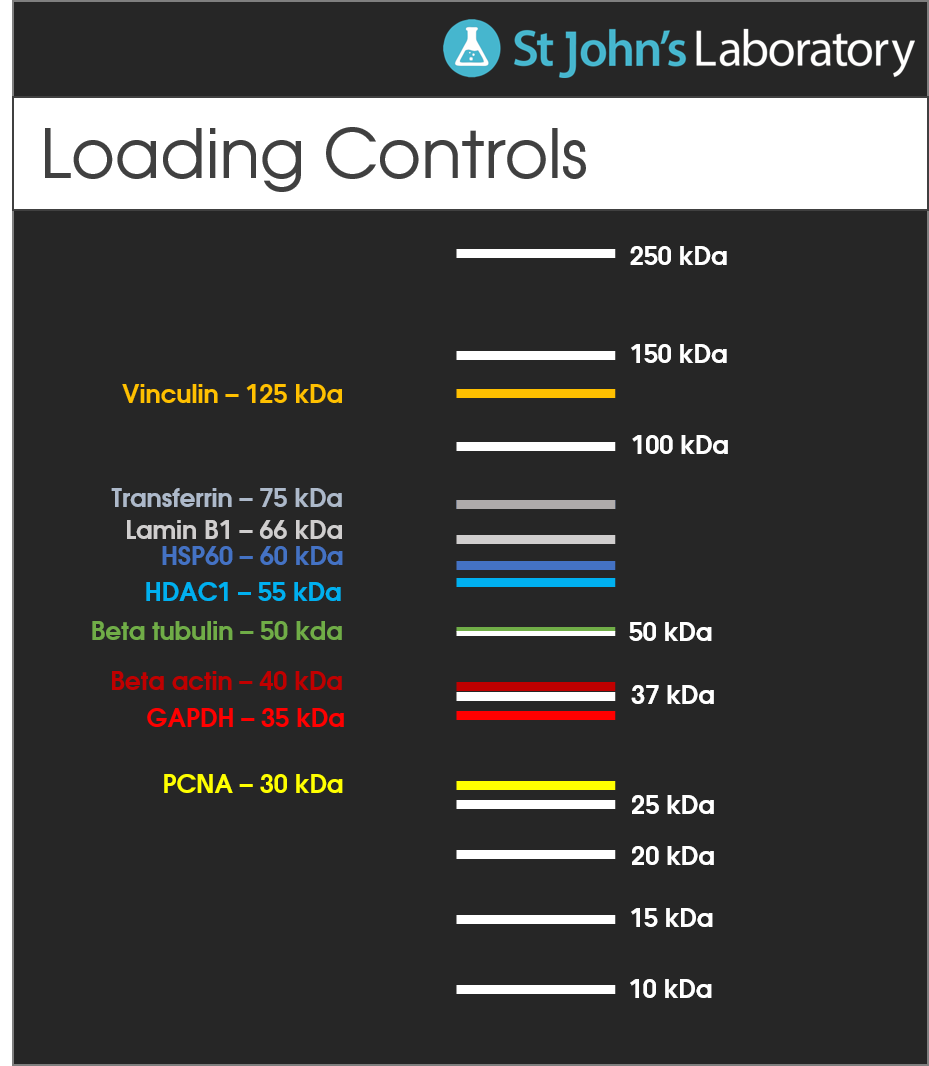
Loading Control Antibodies
Loading control antibodies are used to verify equal protein loading across lanes in Western blot applications. They are selected based on molecular weight, cell or tissue type, and the subcellular fraction being analysed.
These antibodies are essential for normalising protein expression in Western Blotting and other quantitative assays, ensuring accurate and reliable results across experiments. Commonly used control antibodies include GAPDH antibody, beta-actin antibody / ACTB antibody , and tubulin antibody.
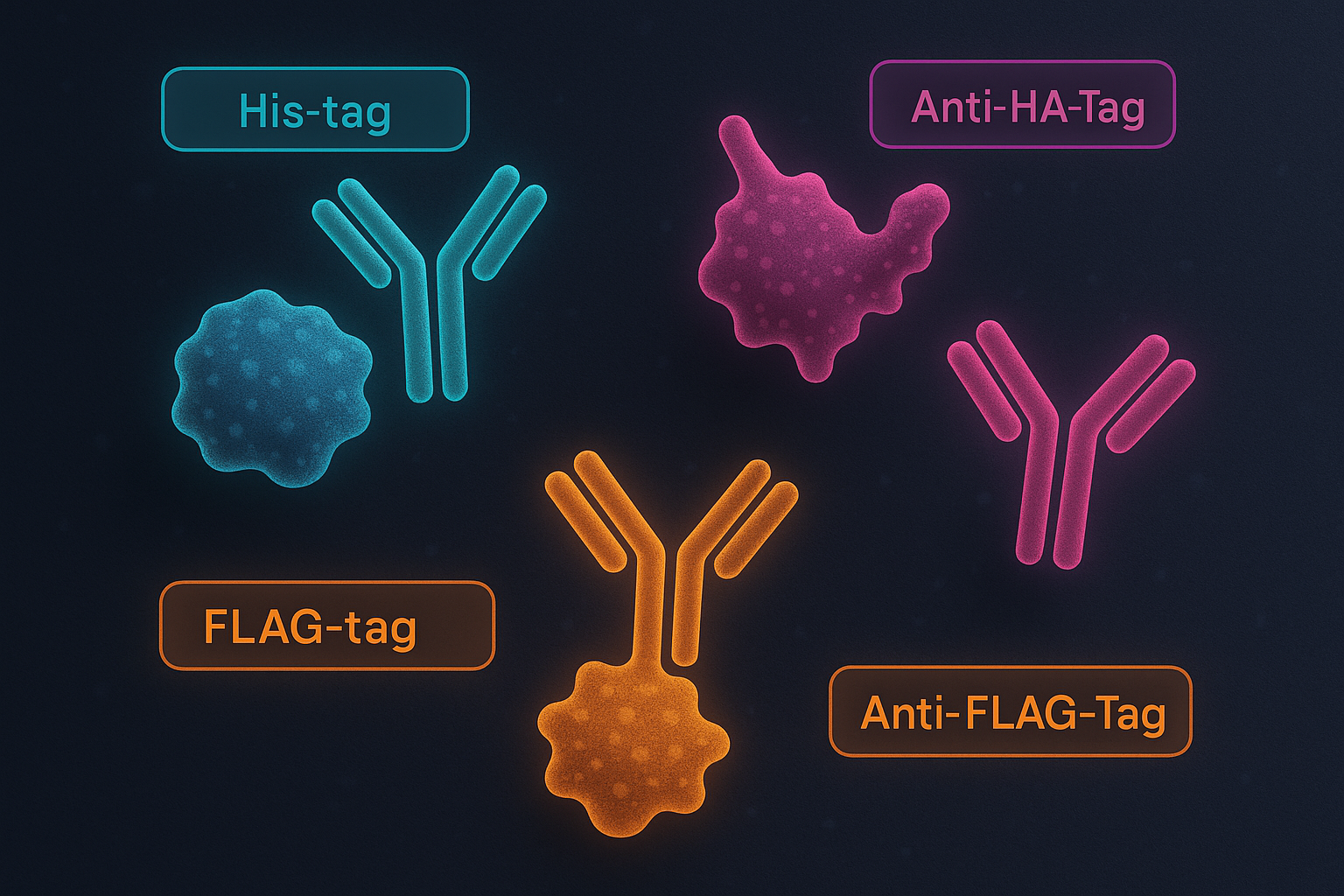
Tag Antibodies
Our monoclonal and polyclonal tag-antibodies enable precise tracking of proteins at the subcellular localisation. Anti-GFP, Anti-RFP and Anti-mScarlet. Validated for use in various research applications, including live-cell imaging and laboratory fluorescence-activated cell sorting (FACS) workflows. For antibody-based detection workflows Anti-HA, Anti-Myc and Anti-FLAG tags. For protein purification and enhanced solubility, explore our Anti-GST, Anti-MBP and Anti-Strep-tag antibodies.
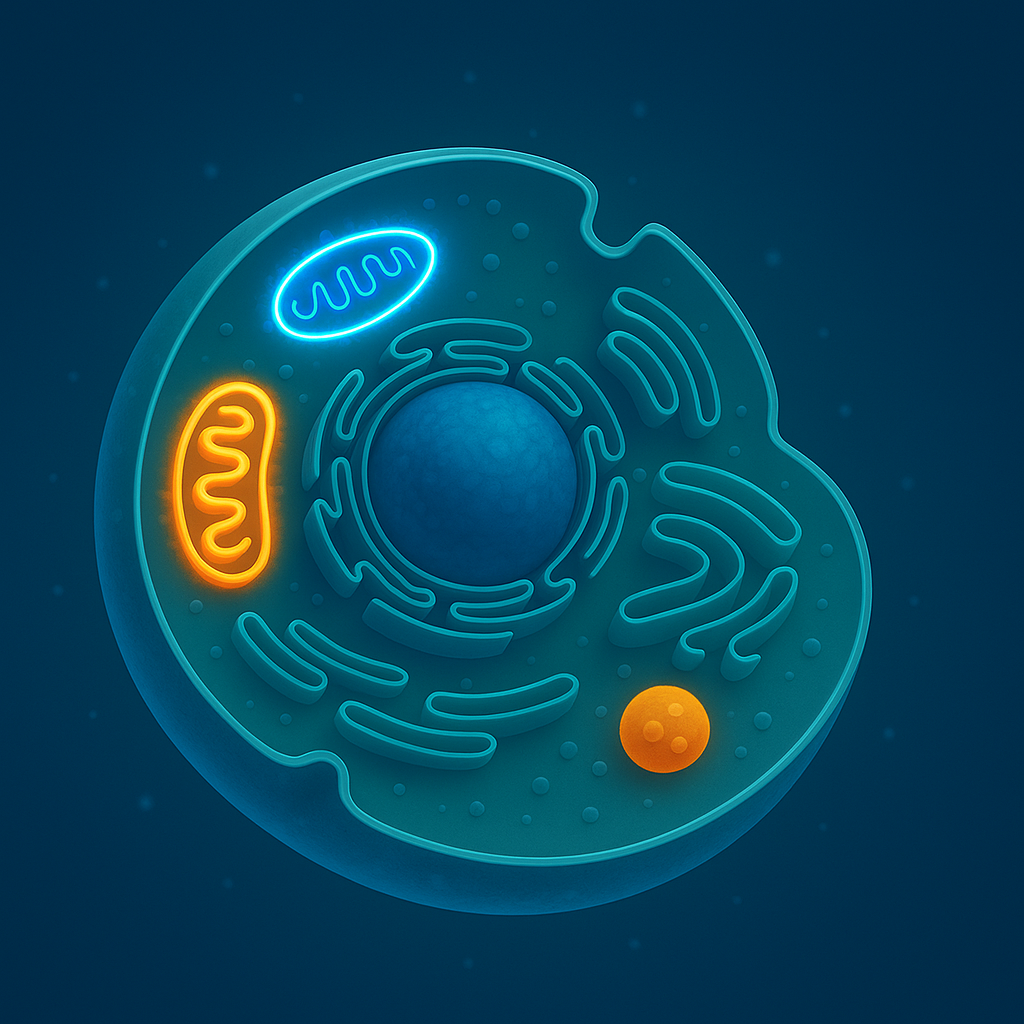
Organelle marker antibodies
Specific organelles within animal and plant cells can be identified using our range of organelle-specific antibodies. The function and role of novel proteins can be defined using nuclear markers, mitochondrial markers and Golgi apparatus. Proteins involved in cell polarity, plasma membrane integrity and cell junctions can be studied using antibodies against ZO-1, E-cadherin, catenins and Scribble. Antibodies targeting p62/SQSTM1, LC3A, and ATG4A target autophagosomes — double-membrane vesicles central to intracellular degradation pathways. Autophagy is upregulated in response to cancer and cellular stress, playing a significant role in cell survival and homeostasis.
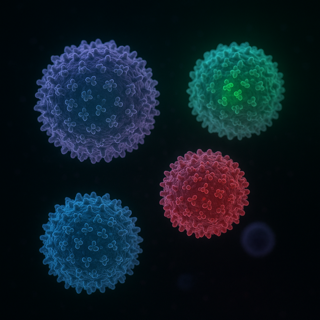
CD marker antibodies
Cell surface proteins play an integral role in mediating communication between cells and transmitting intracellular signals. Distinct cell surface proteins can be used to identify cells. Antibodies detecting overexpression of cell surface markers, such as the EpCAM antibody, HER2 (neu) antibody and St John's Laboratory's Trop2 antibody, and can be employed in immunohistochemistry (IHC) applications. Subcategories of T cells can be distinguished using cell surface marker antibodies, such as CD3, CD4, CD8 and CD25.
Key research areas
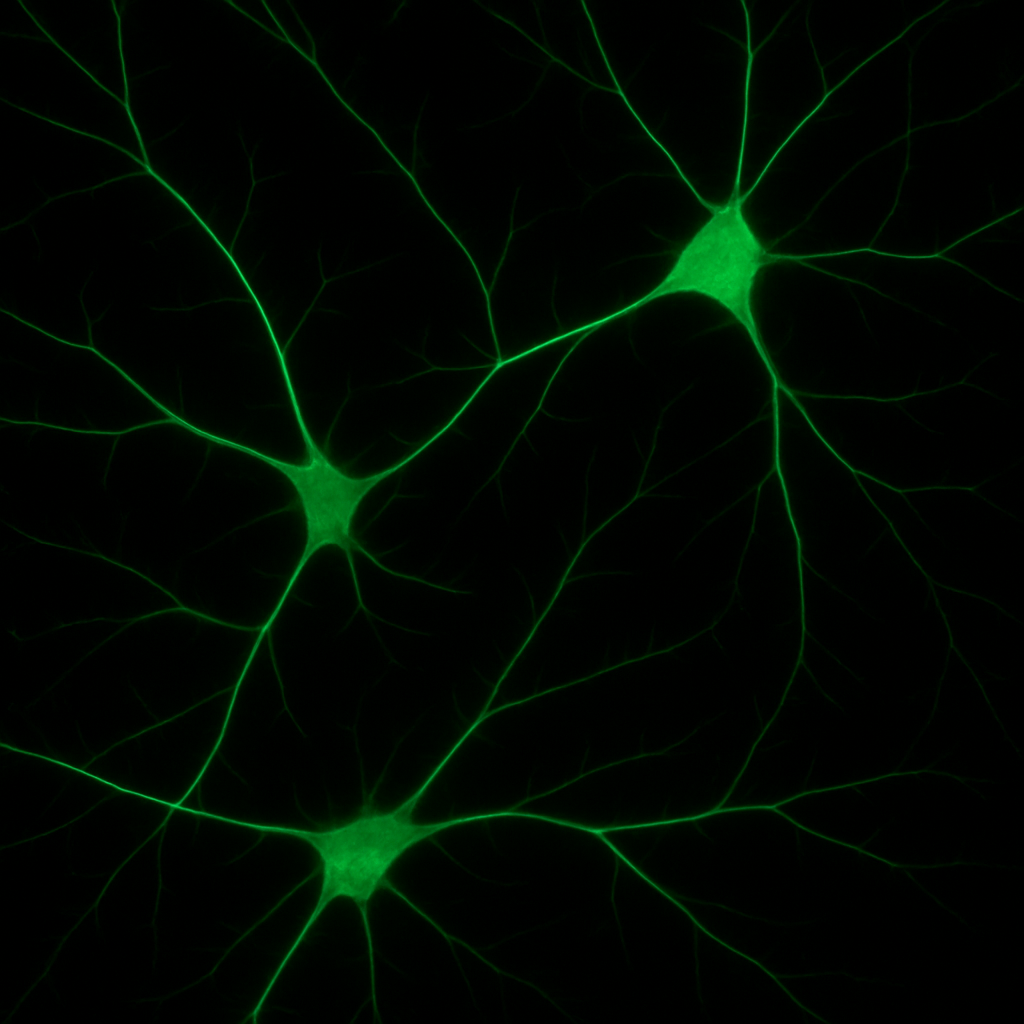
Neuroscience
We support neuroscience research with a comprehensive range of high-quality, validated primary antibodies targeting key neural markers such as GFAP, NeuN, MAP2, and synaptophysin. Suitable across a wide range of applications for detecting neuronal and glial proteins.
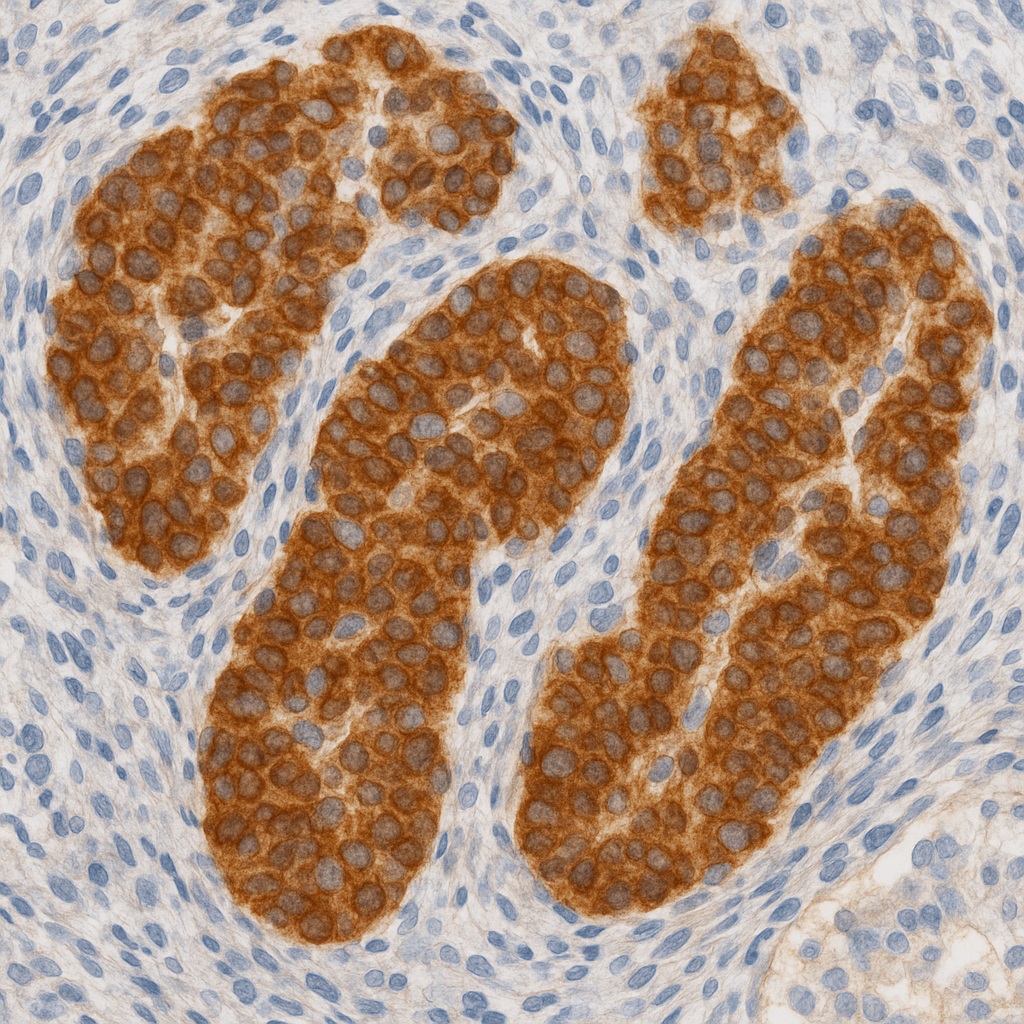
Cancer studies
Cancer research focuses on identifying and targeting key biomarkers such as p53, HER2, EGFR, and Ki-67, to better understand tumor development, progression, and treatment response. Our range of primary antibodies in this area are essential tools for precise detection of these proteins in IHC, WB & FC.
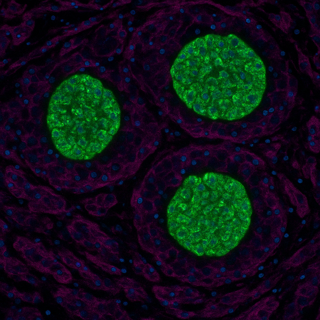
Signal Transduction
Protein targets like ERK1/2, AKT, and JNK, transcription factors such as NF-κB and STAT3, and receptor proteins like EGFR are key to this field of research to drive a deeper understanding of cellular responses. We offer a wide range of PTM antibodies for characterising changes in protein expression.

Immunology
Precisely identify, detect, and characterise immune cells, cytokines, and signaling pathways. Dissect complex immune responses, track specific cell populations, and study protein expression patterns with high specificity and sensitivity in FC, ELISA, IF and WB.
Learning and Support
Monoclonal antibodies VS polyclonal antibodies — Which to choose? — St John's Laboratory Ltd
Discover our range of IHC guaranteed antibodies — St John's Laboratory Ltd
Product Selection Guides
Loading Control Antibody Guide
Phospho Antibodies | St John's Laboratory
Monoclonal Antibody | Primary Antibodies | St John's Laboratory
All products are for research use only (RUO). Not for diagnostic or therapeutic applications.
